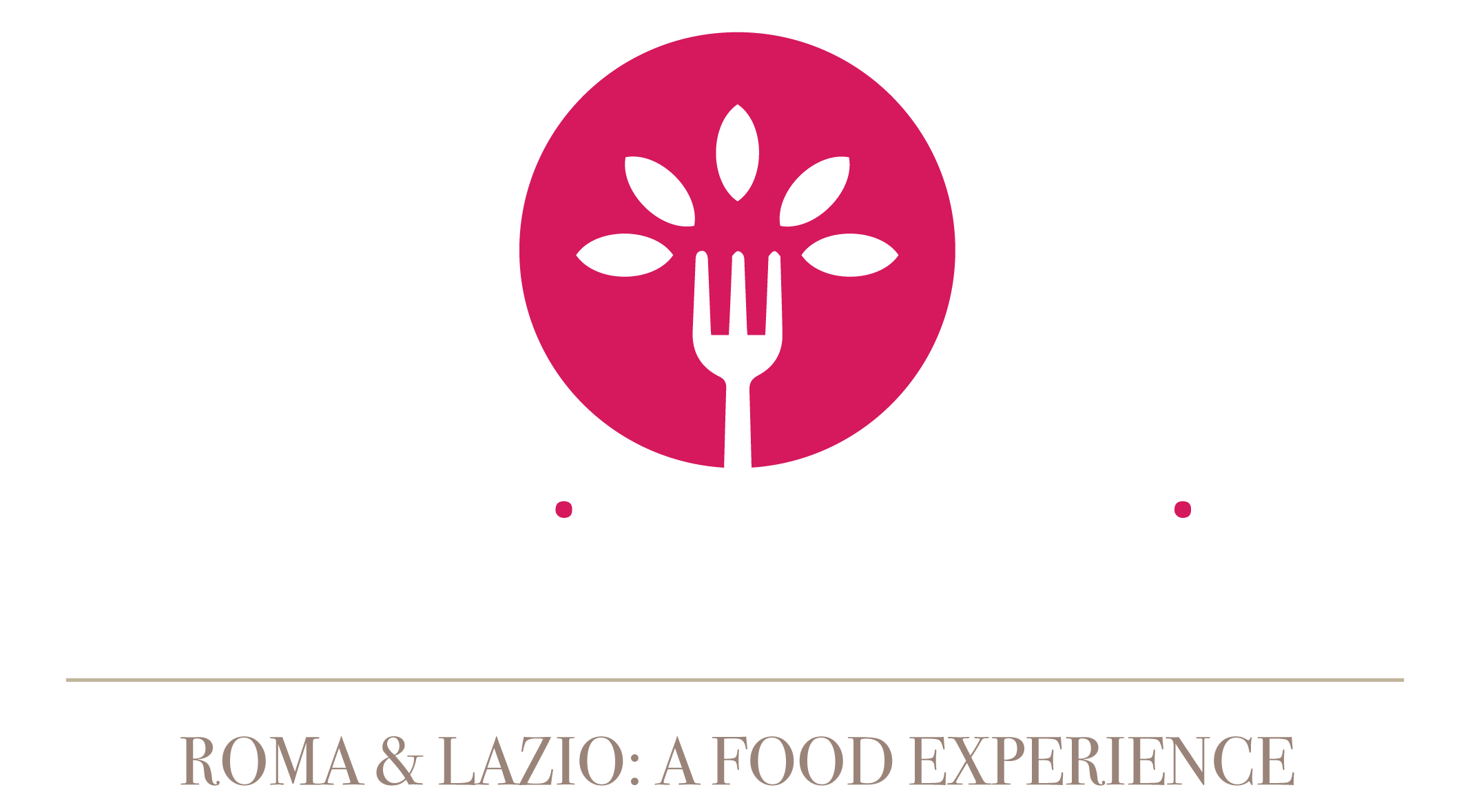Rome Metropolitan Area
Below is a list of the typical products and excellences found throughout Rome and in the neighboring territories.
Typical products of Excellence
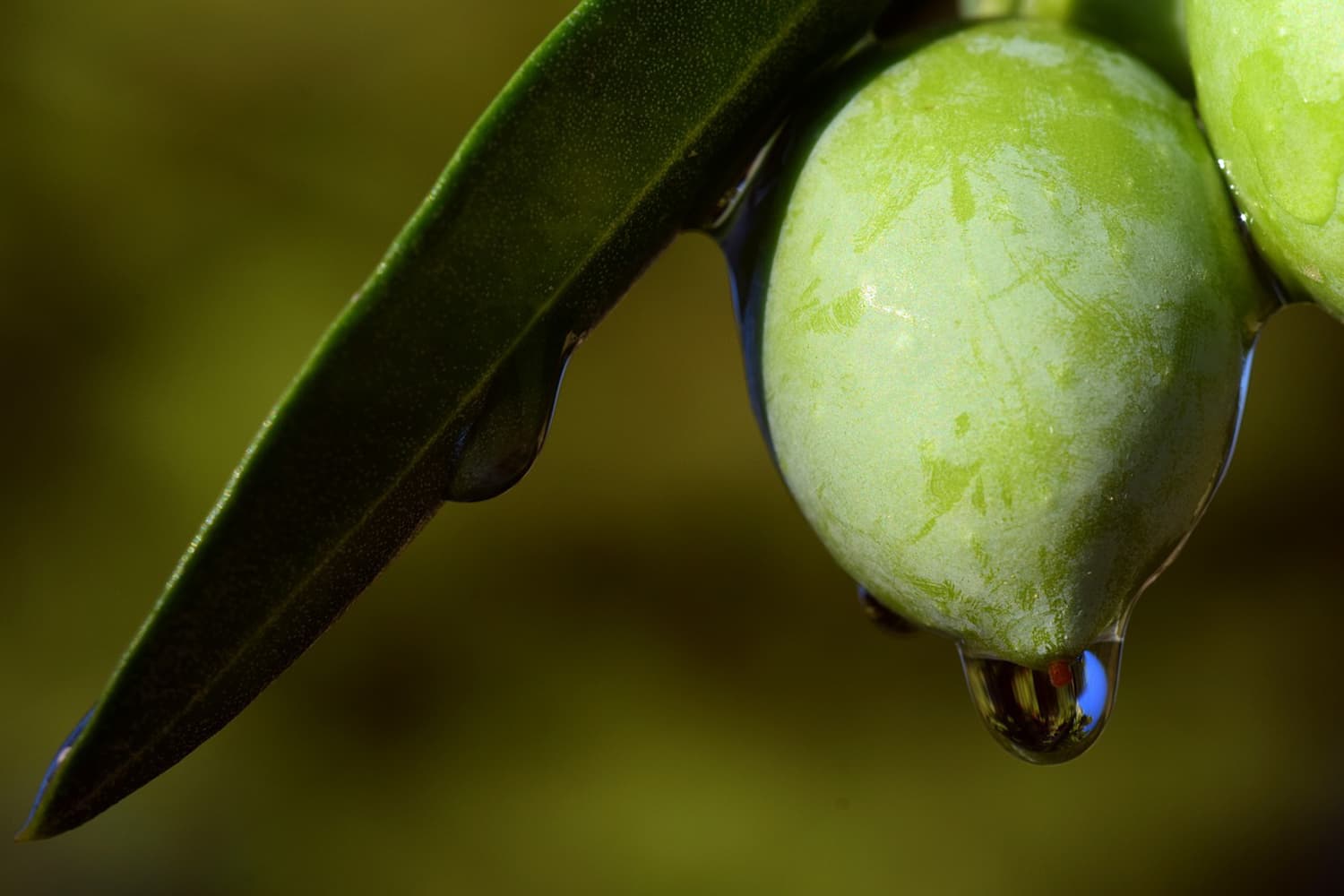
Olio monovarietale extravergine di carboncella
The carboncella mono-varietal extra virgin olive oil is produced with the Carboncella cultivar olives. The variety Carboncella is diffused mostly in the area of the Sabina Reatina and Romana, sporadically in the other districts. The plant has a vertical rising posture and limited vigor, it doesn’t present a voluminous foliage, its fruit branches are short and forked, it presents small grey-greenish colored leaves and a round shaped, modest dimension fruit. The best period for the harvest is around the end of November. The oil, of an intense green color, is bitter and pungent, harmonious fruitiness and has a good content of polyphenols and chlorophylls.
Production areas:
Fara in Sabina (RI), Mompeo (RI), entire Lazio region
Quality marks:
PAT
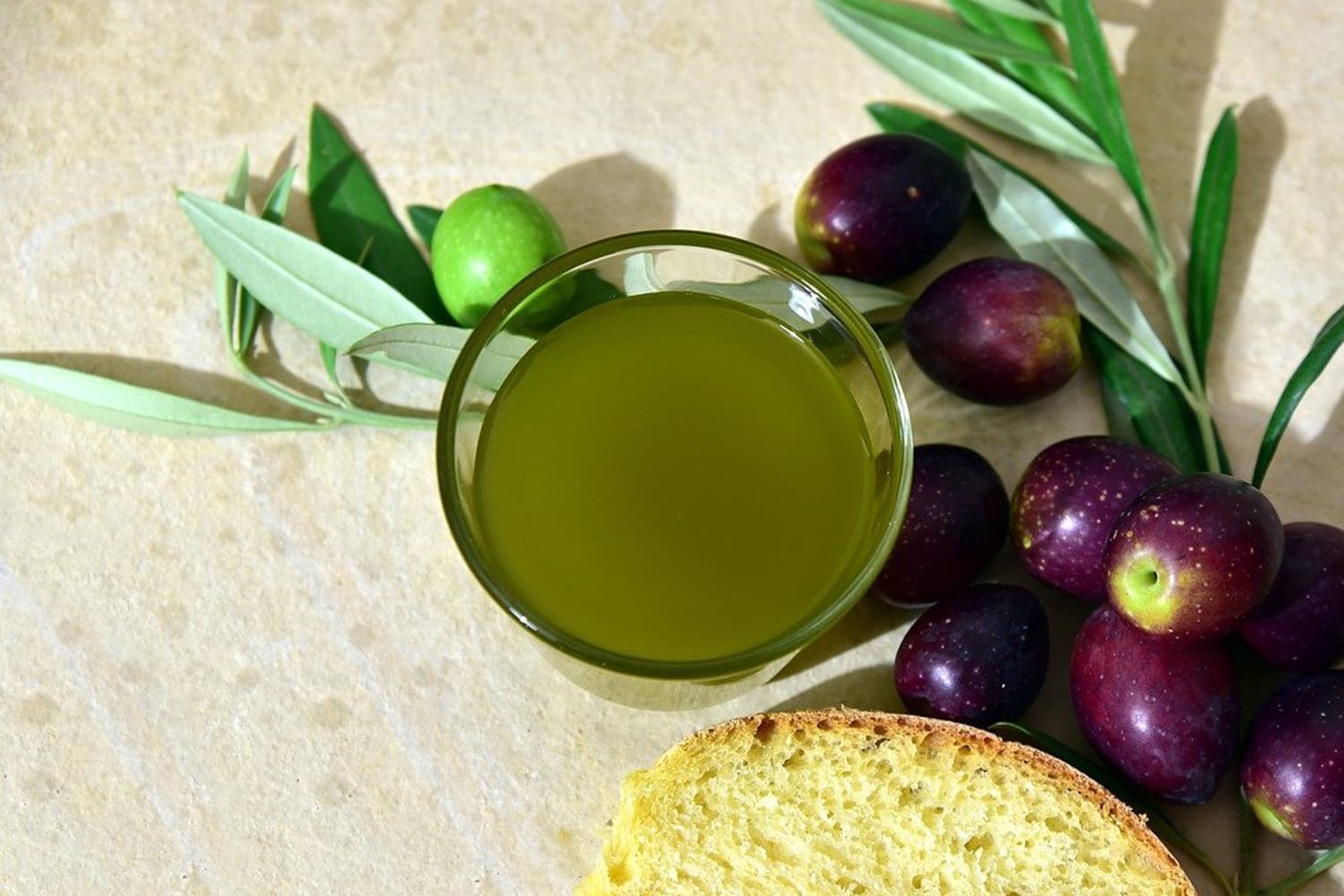
Olio mono varietale extravergine di Olivastrone
The monovarietal extra virgin olive oil of Olivastrone descends from the local variety Olivastrone, Olea europea sativa. The fruit (drupa) has a medium size, a color that goes from green to dark purple, with an elliptical lightly extended shape, with a hardly waxed surface texture (pruinosa), with many trunk protuberances. The plant is characterized for its great dimensions, elevated vigor and good but not stable productivity; it is present in the olive groves of the districts of Rome and Rieti. When sampled, the monovarietal extra virgin olive oil of Olivastrone is particularly appreciated for its singular mature fruity aroma and aromatic profile characterized by herbal, artichoke and tomato. It also present a low polyphenol content. The ratio between saturated and unsaturated fat and the content in oleic acid determine an oil with low fluidity and a unrefined sensation.
Production areas:
Intera provincia di Rieti, Intera provincia di Roma
Quality marks:
PAT
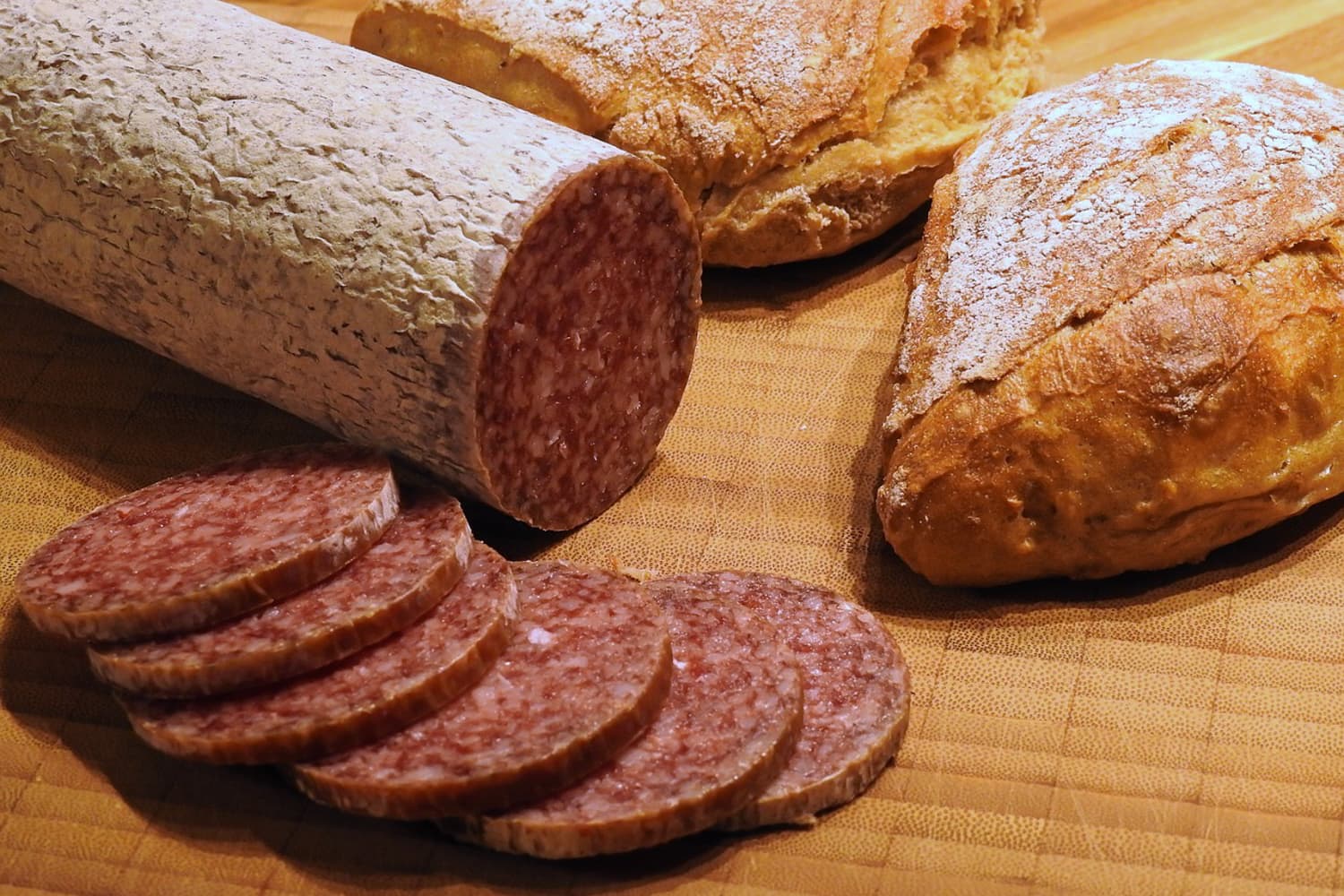
Corallina Romana
Salami based on the transformation of the lean parts of the side and trimmings of shoulder, ham and loin to which a share of not less than 20% of lard is added. It can be seasoned with just pepper but also enriched with garlic (Rieti, Frascati) and fennel (Frosinone). The product is mainly characterized by a long cylindrical shape, a dark red color with large white spots, a savory flavor.
Production areas:
entire Rome metropolitan area, entire province of Frosinone
Quality marks:
PAT
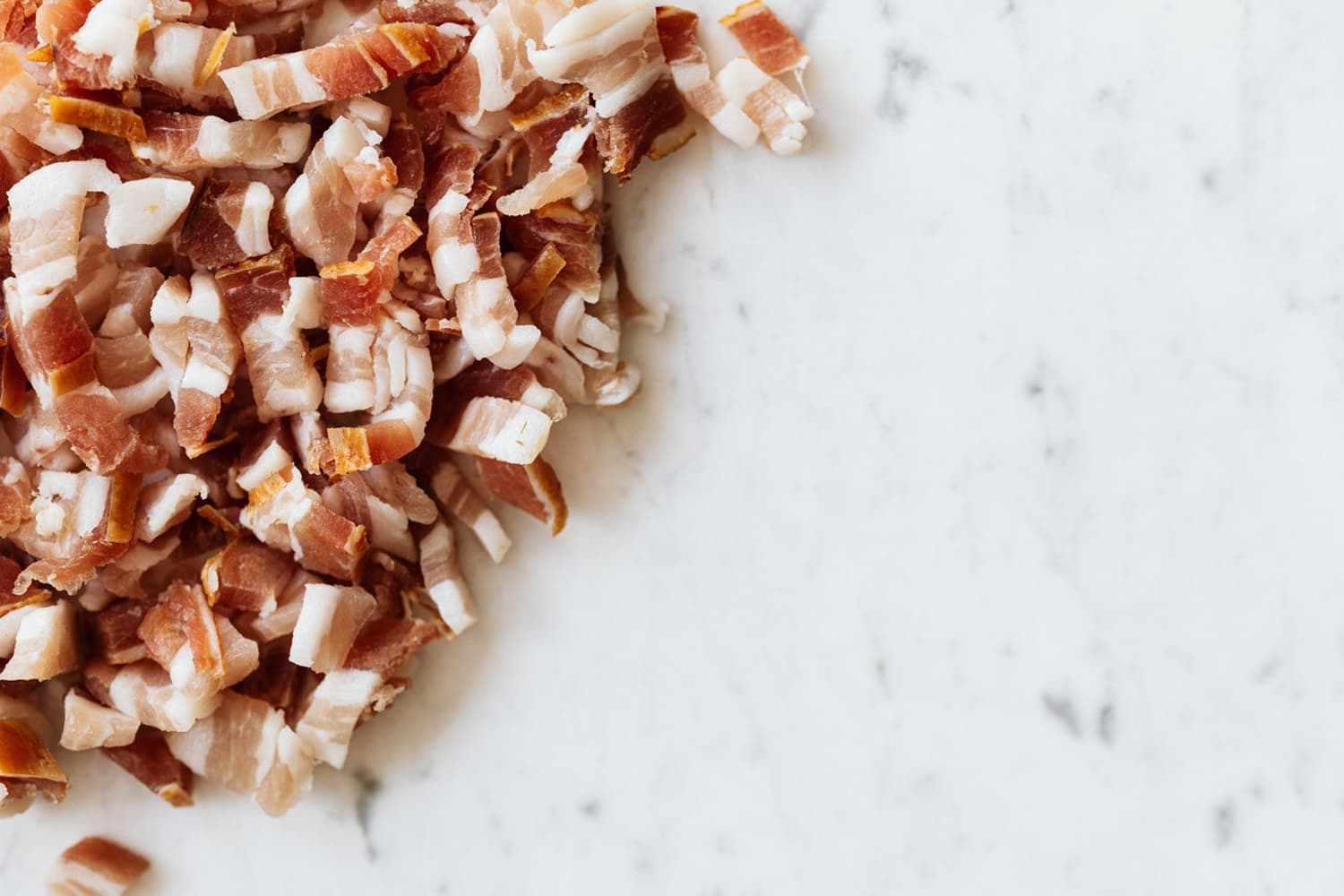
Guanciale
Salami with anatomical cheek shape (triangular); red color mottled with white, sometimes the fatty tissue appears pink. Taste from delicate savory to spicy savory. In some cases flavored with drying smoke or specific smoking.
Production areas:
entire Lazio region
Quality marks:
PAT
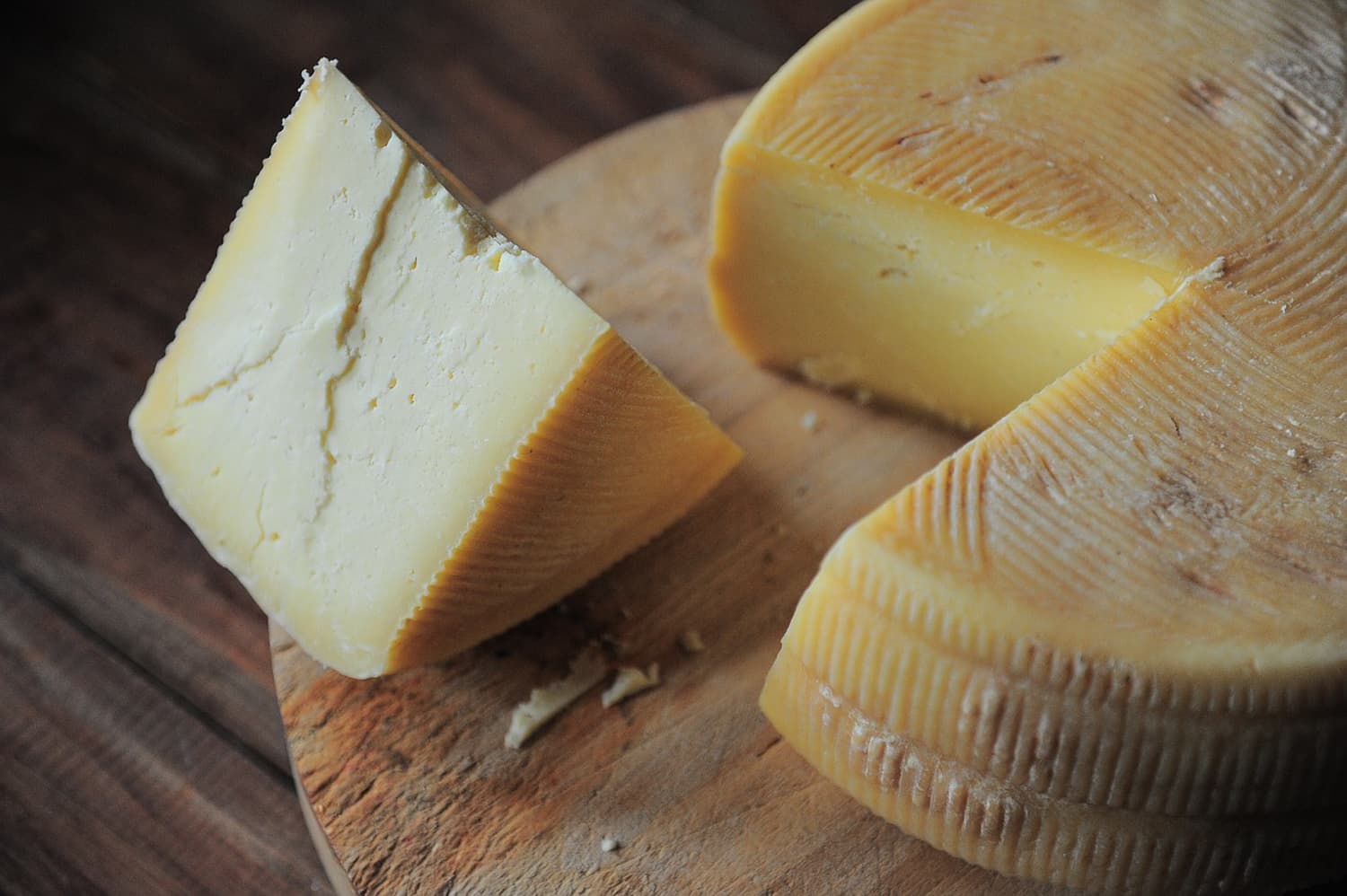
Pecorino romano D.O.P.
Whole sheep’s milk cheese, hard paste, medium and long seasoning depending on the use to be made of it. In fact, the seasoning lasts for at least five months for table cheese and for at least eight months for cheese from use grated. Fresh sheep’s milk, coming from flocks raised and fed mainly on natural pastures, is transferred to processing centers with refrigerated tanks. In some cases, capping with neutral or black protective products for food is envisaged. The wheels are subjected to marking with a special matrix that imprints the designation of origin of the cheese and the logo consisting of the stylized head of a sheep.
Production areas:
entire Lazio region, entire Sardegna region, entire province of Grosseto
Grosseto
Quality marks:
DOP
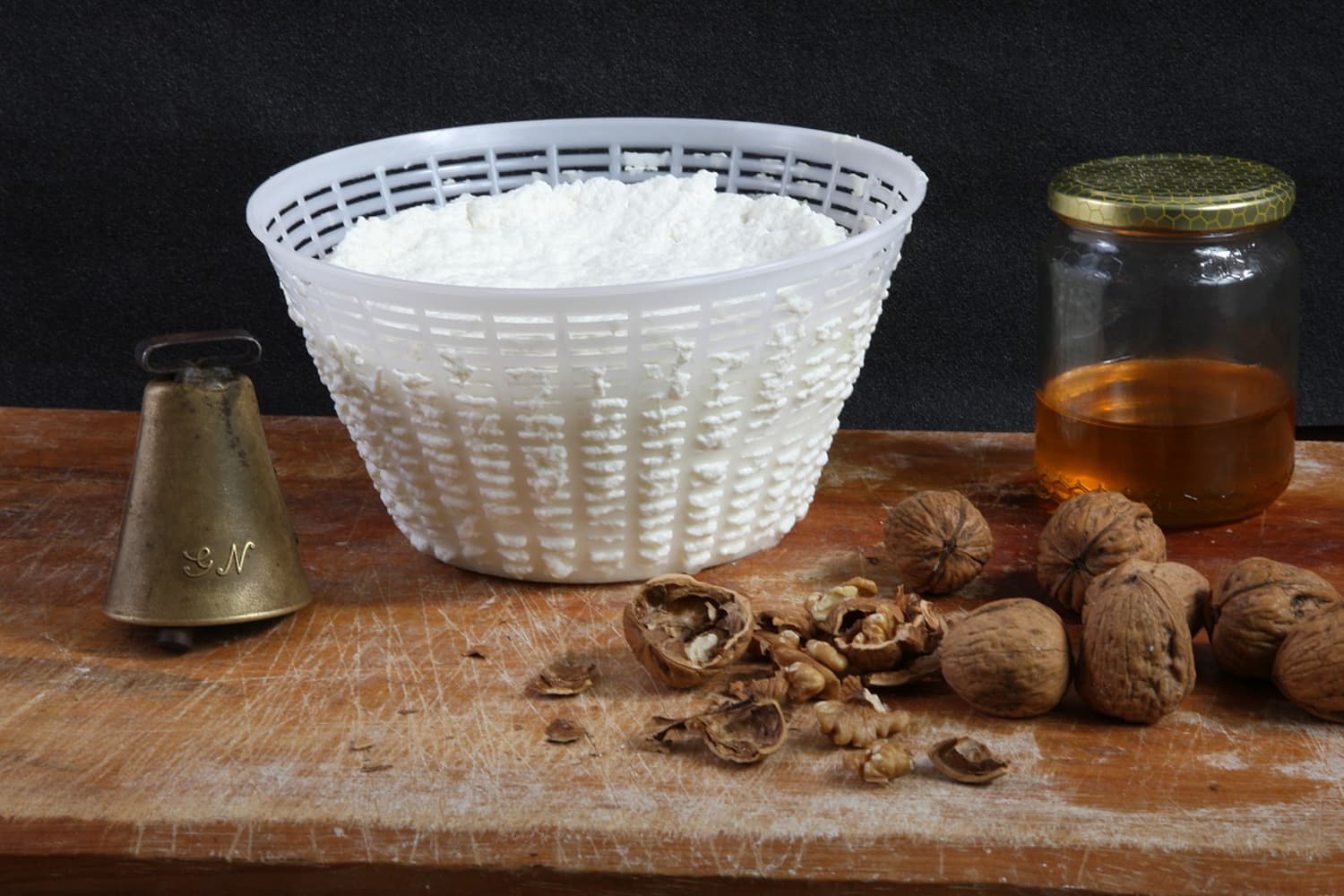
Ricotta romana D.O.P.
Fresh dairy product obtained exclusively from whole sheep’s milk whey used to obtain sheep cheeses. Ricotta Romana PDO has a very fine structure, more marked color and above all a delicate and sweetish flavor, which distinguish it from other types of ricotta. The whey, liquid component of milk coagulation, is obtained from the bleeding mechanism, due to the breaking of the curd destined for the production of sheep’s milk cheeses obtained from sheep’s milk of animals born and raised on meadows-pastures and typical and exclusive grasslands of the Region Lazio. The sheep breeds (and related breeds) involved are: Sarda, Comisana, Sopravissana, Massese.
Production areas:
entire Lazio region
Quality marks:
DOP
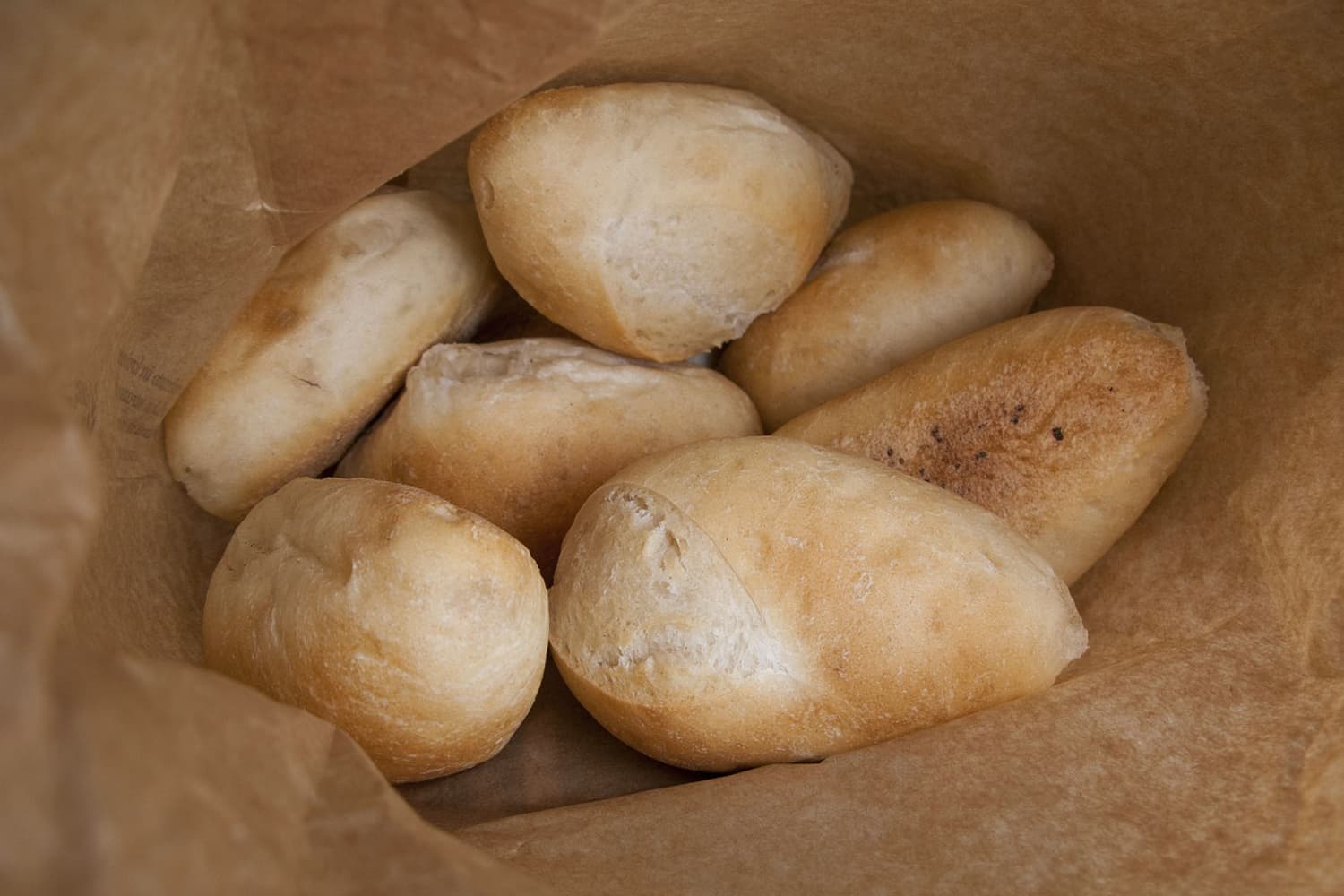
Ciriola romana
The Ciriola Romana is a fragrant and soft sandwich of about 100 g, elongated, swollen in the middle, full of crumbs and with the characteristic incision along the back. The next day it’s generally used to make crostini. Due to its fragrance and abundance of bread, the Ciriola Romana, was the sandwich of manual workers; it was the sandwich that many bars would prepare with all sorts of fillings: ham, mozzarella, cheese, tuna, artichoke. It is mentioned in the Illustrated volume of Typical Italian Products, INSOR, 1989-1995.
Production areas:
Entire Rome metropolitan area
Quality marks:
PAT
Recipes
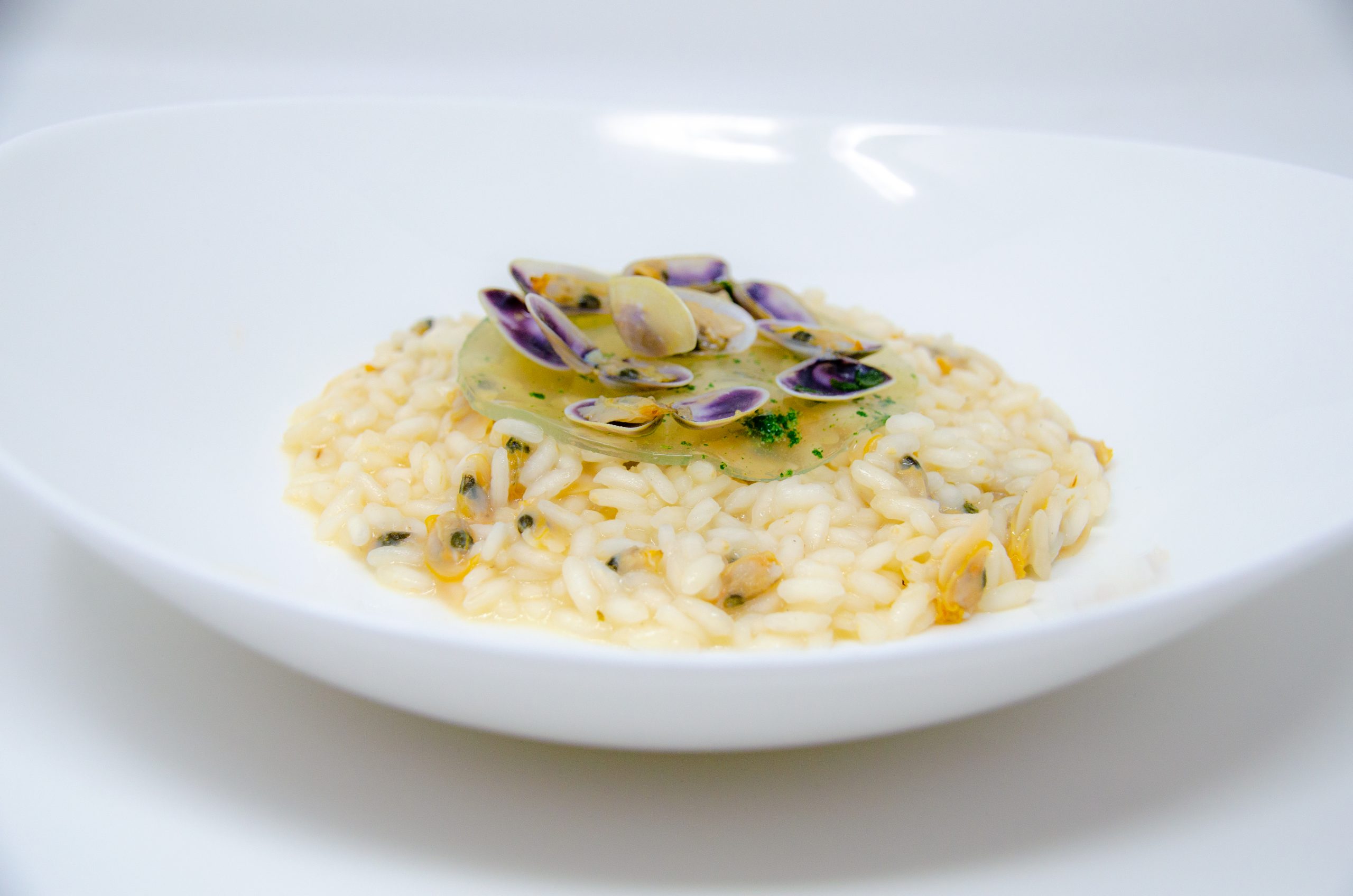
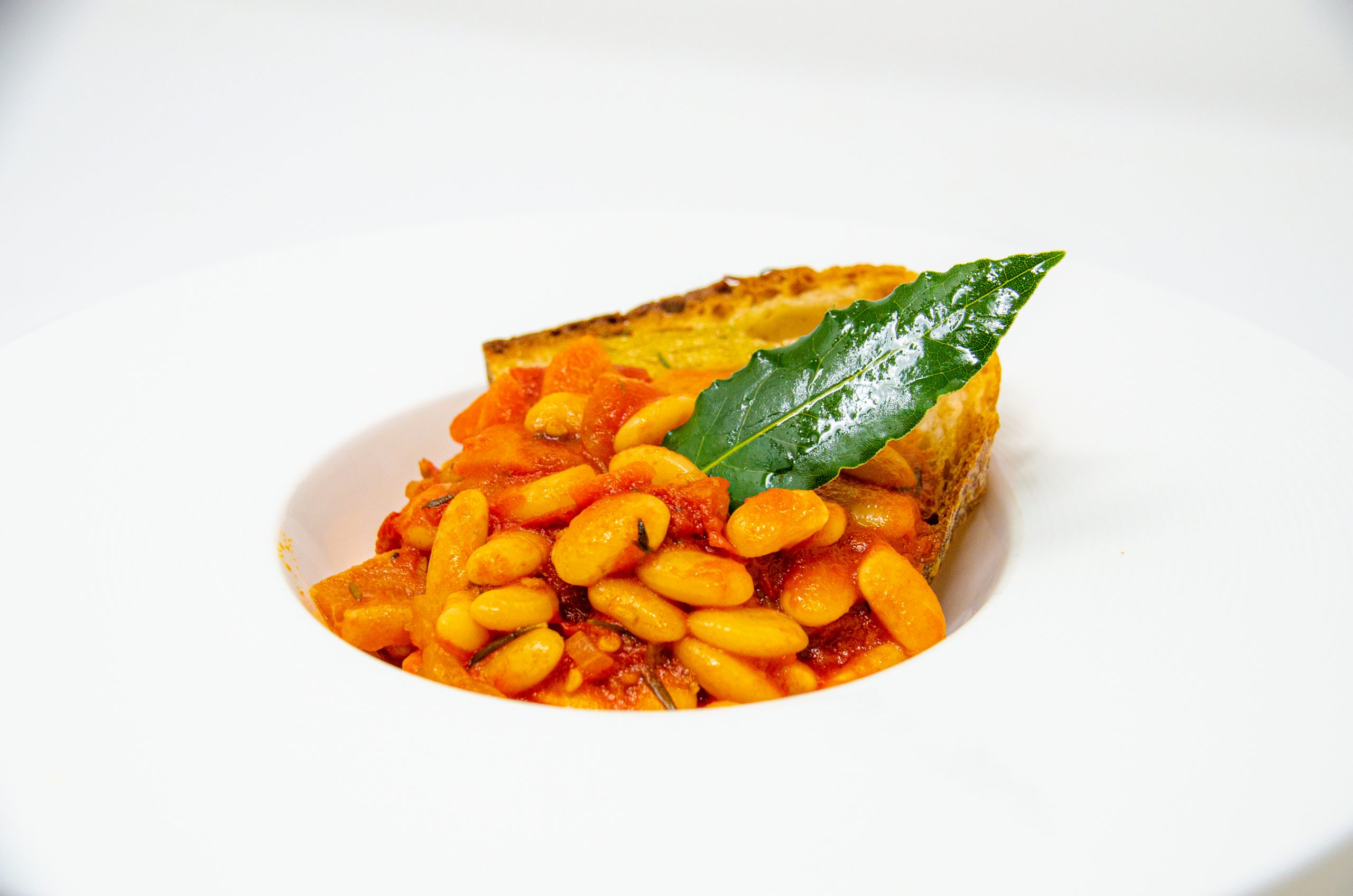 SEE THE RECIPE
SEE THE RECIPE
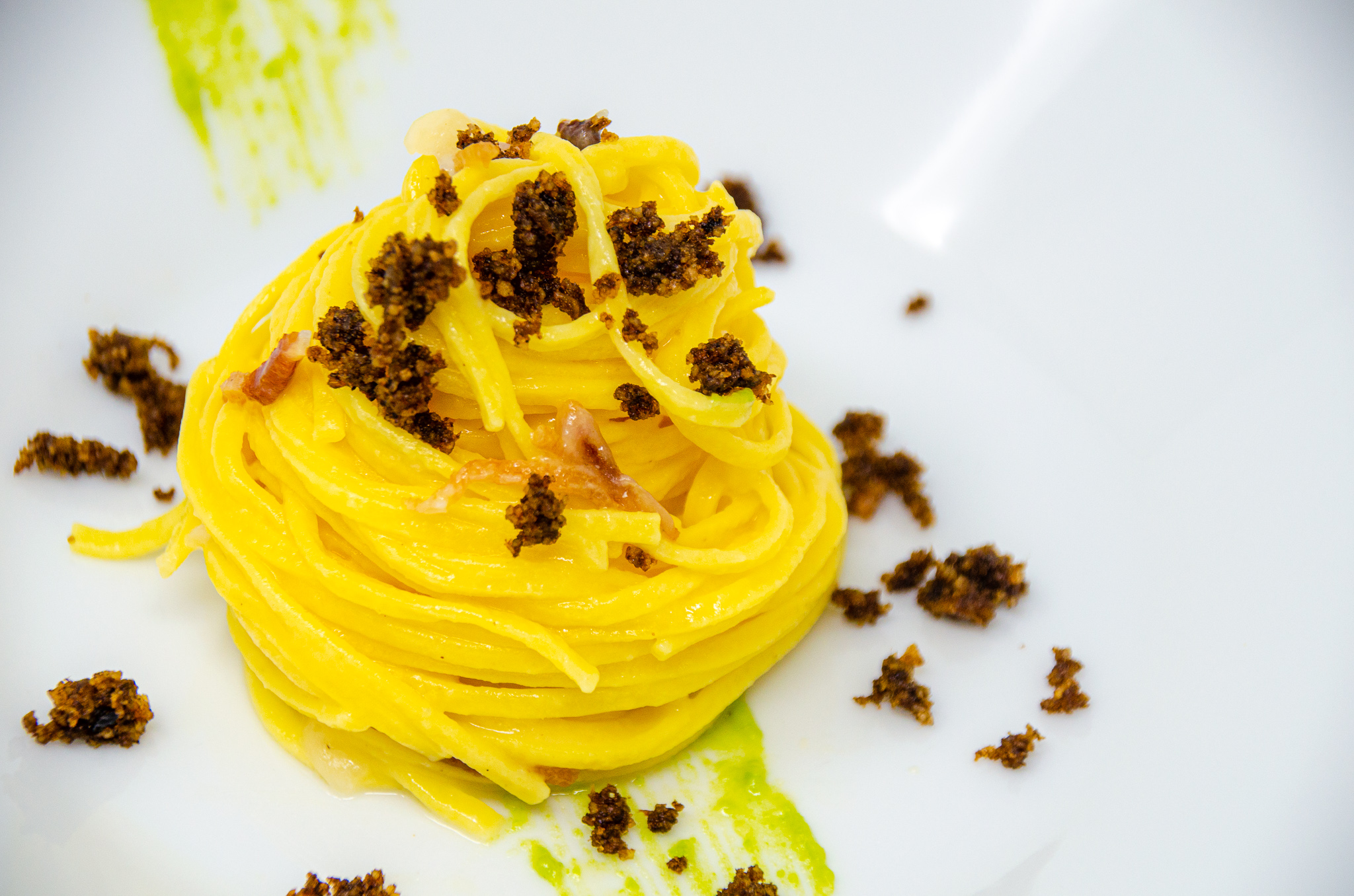 SEE THE RECIPE
SEE THE RECIPE
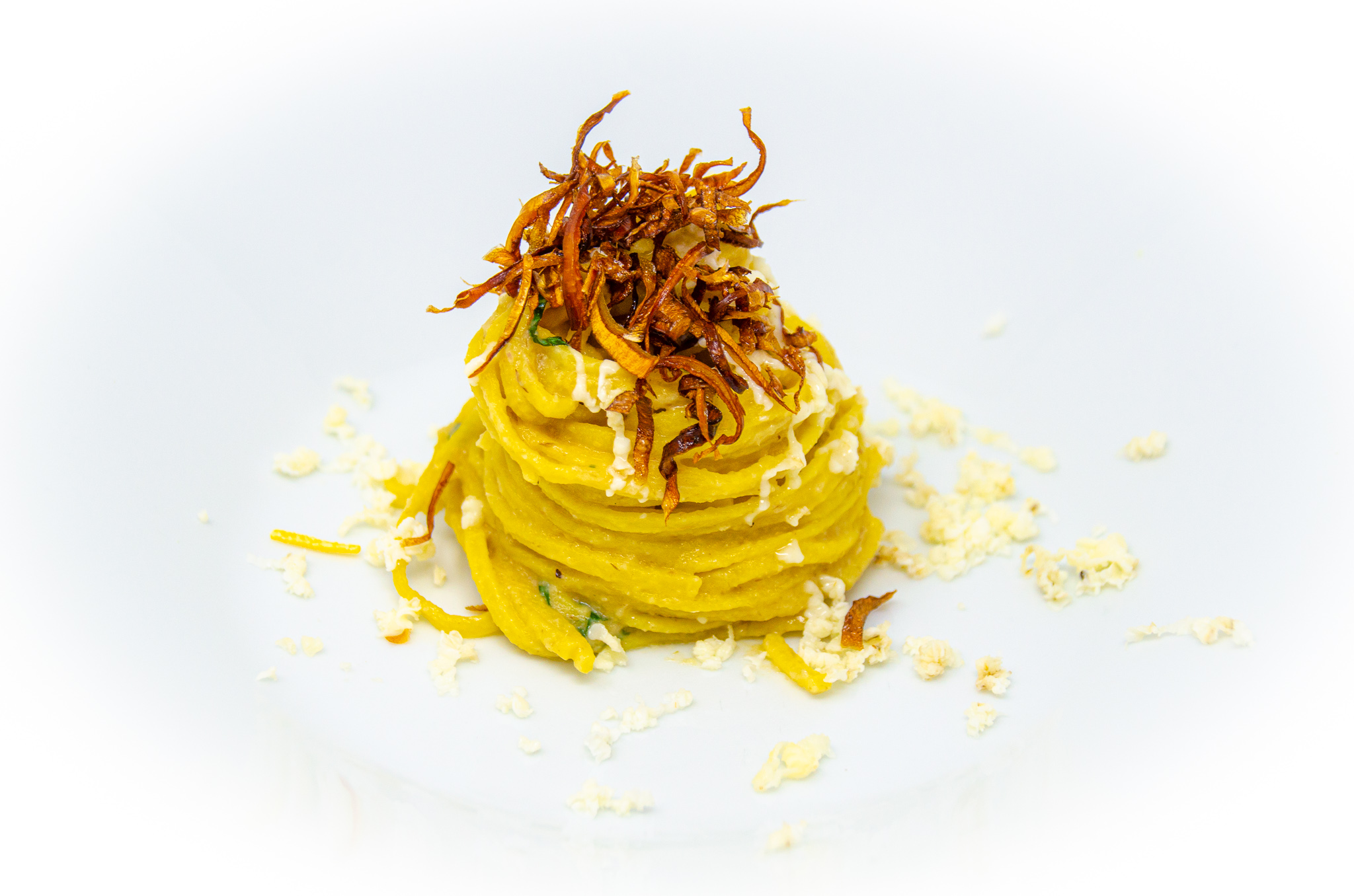 SEE THE RECIPE
SEE THE RECIPE
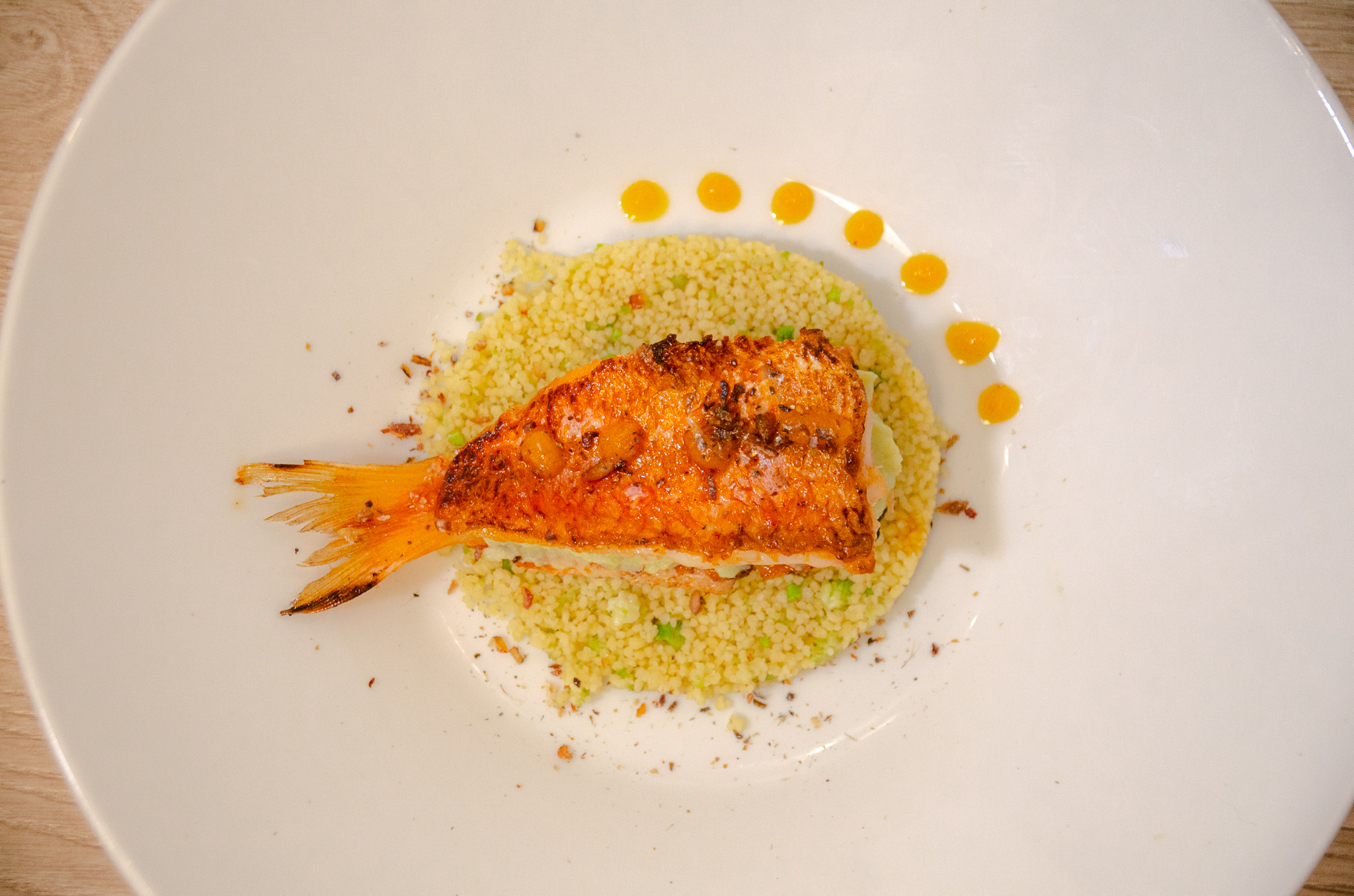 SEE THE RECIPE
SEE THE RECIPE
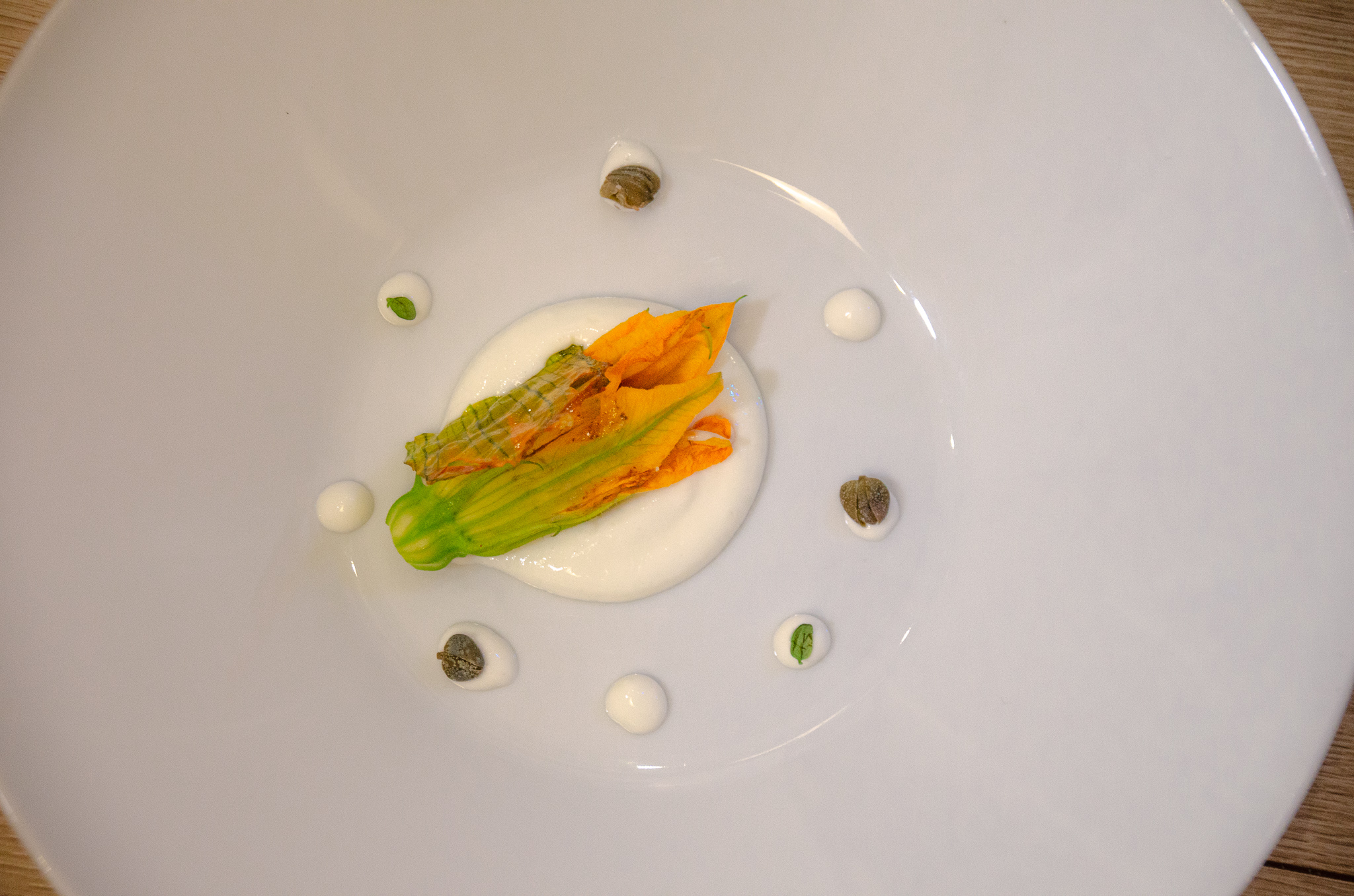 SEE THE RECIPE
SEE THE RECIPE
Litorale Romano
By ‘Roman coast’ we mean the stretch of coast that goes from Civitavecchia to Nettuno. In consideration of the geographical nature of the area, fish products are of great interest, including the cockle (Slow Food Presidium), whose fishing involves the coastal stretch that goes from Passo Scuro to Anzio.
Complesso lacuale di Bracciano e Monti Sabatini
With “Complesso lacuale di Bracciano e Monti Sabatini” it refers to the geographical area that extends around the lake of Bracciano.
The peculiarity of the area is certainly the lake fish. There are two species par excellence associated with Lake Bracciano: the coregone and the lattarino.
Castelli Romani e Monti Prenestini
The territory of the Castelli Romani and Monti Prenestini extends south of Rome and is included in the geographical areas identified as the Castelli Romani Park and the mountain community of the Castelli Romani and Monti Prenestini.
In this area there are numerous typical and traditional productions, many of which are certified with a Community or national quality mark.
Monti Lepini
The territory of the Monti Lepini falling within the Rome metropolitan area affects the municipalities that from Artena continue southwards to Carpineto. It boasts numerous known productions that mainly derive from the breeding of the black pig of the Monti Lepini.
Valle dell’Aniene
The territory of the Valle delle Aniene is attributable to the municipalities belonging to the mountain community of the same name, which extend from the peaks of the Simbruini and Lucretili Mountains to the plains adjacent to the Aniene.
Renowned for the production of legumes, it boasts a consistent number of bean species recognized as typical.
Roma e Valle del Tevere
By ‘Valle del Tevere’ we mean a large area that extends from the border with the Sabina to the south east of Rome where it borders the Valle dell’Aniene and the Castelli Romani and Monti Prenestini. In particular, in the north east of Rome, we find a very large oil production, which can also be found in the province of Rieti.
Intera area metropolitana di Roma
The typical products and excellences found throughout Rome and in the neighboring territories.
A PROJECT BY

WITH THE PATRONAGE OF


WITH THE CONTRIBUTION OF

TECHNICAL PARTNERS




